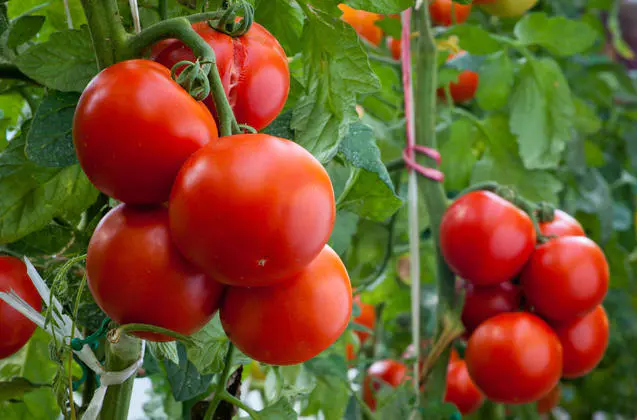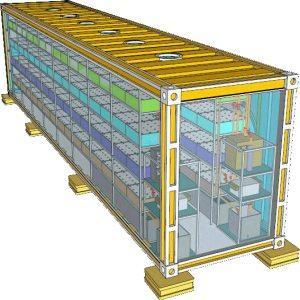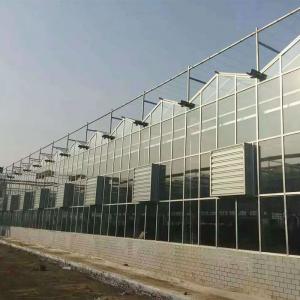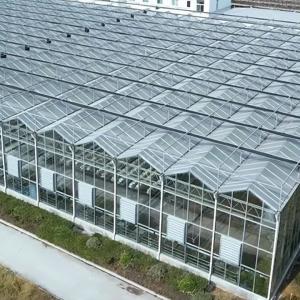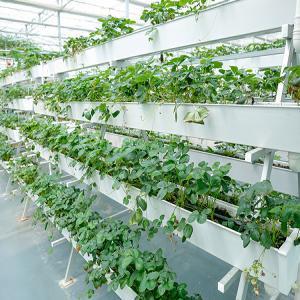Why NFT System Hydroponic Planting is the Future Direction of Agricultural Development?
NFT (Nutrient Liquid Membrane Technology) hydroponic systems are considered an important development direction for future agriculture, with core advantages in efficient resource utilization, technology driven innovation, and the ability to address global agricultural challenges. Analyze the reasons for its trend from multiple dimensions as follows:
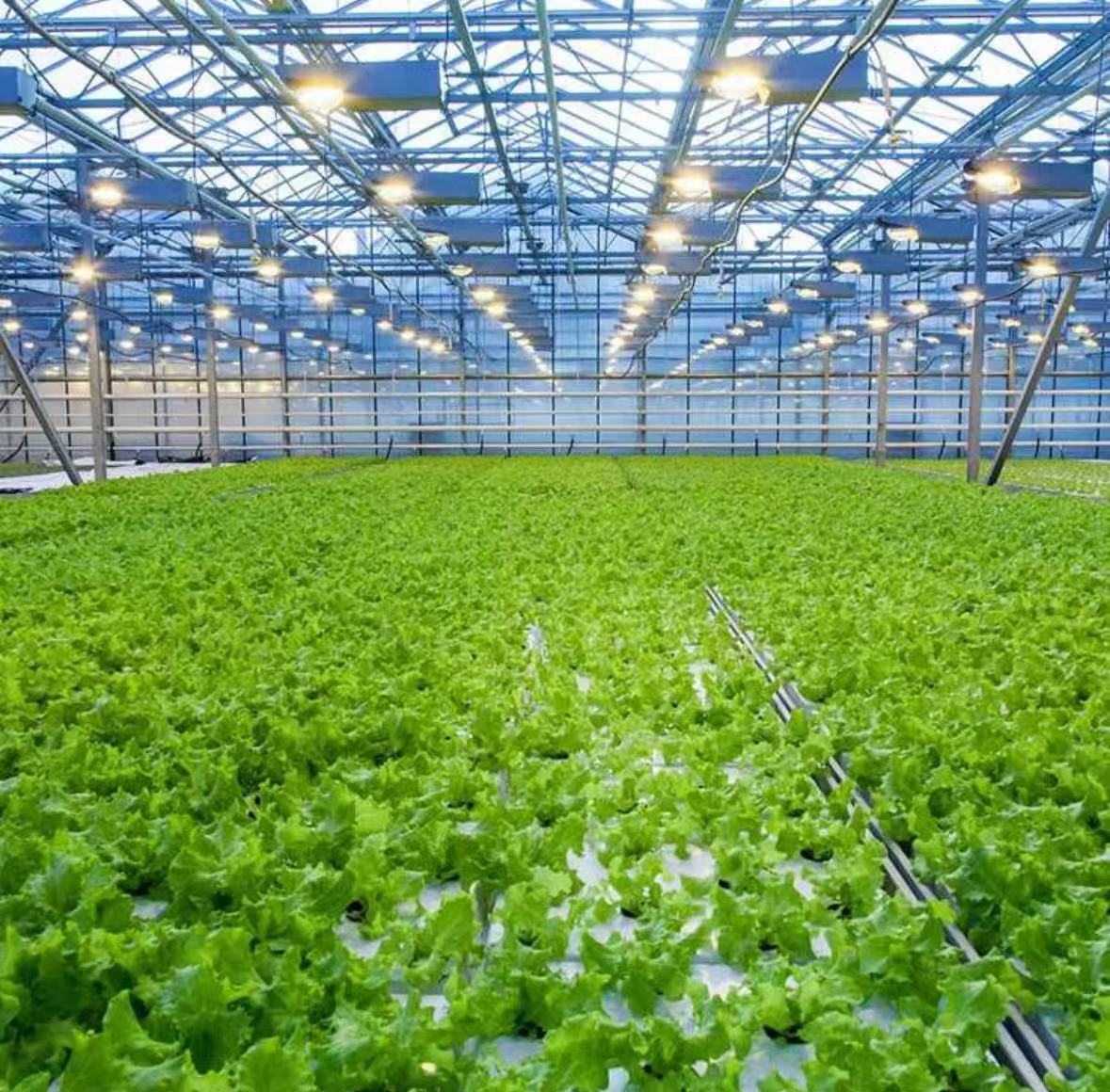
1. Efficient utilization of resources: breaking through the bottleneck of traditional agriculture
Water and energy conservation
The NFT system reduces water waste by recycling nutrient solutions, and can save over 70% of water compared to traditional soil cultivation. For example, vertical farms use only 5% of traditional agriculture's water consumption per unit area through multi-level three-dimensional cultivation. Accurate supply of nutrients
The system can monitor and adjust the composition of nutrient solution in real time, avoiding nutrient loss caused by traditional flood irrigation and increasing utilization rate by 30% -50%. In hydroponic cultivation of arugula, the nitrate content is regulated by EC value to ensure food safety. Space utilization revolution
The three-dimensional design increases the yield per unit area by 10-100 times, especially suitable for urban agriculture and land scarce areas. The Singapore warehouse case shows that a 4-layer NFT system with 576 planting positions efficiently utilizes space.
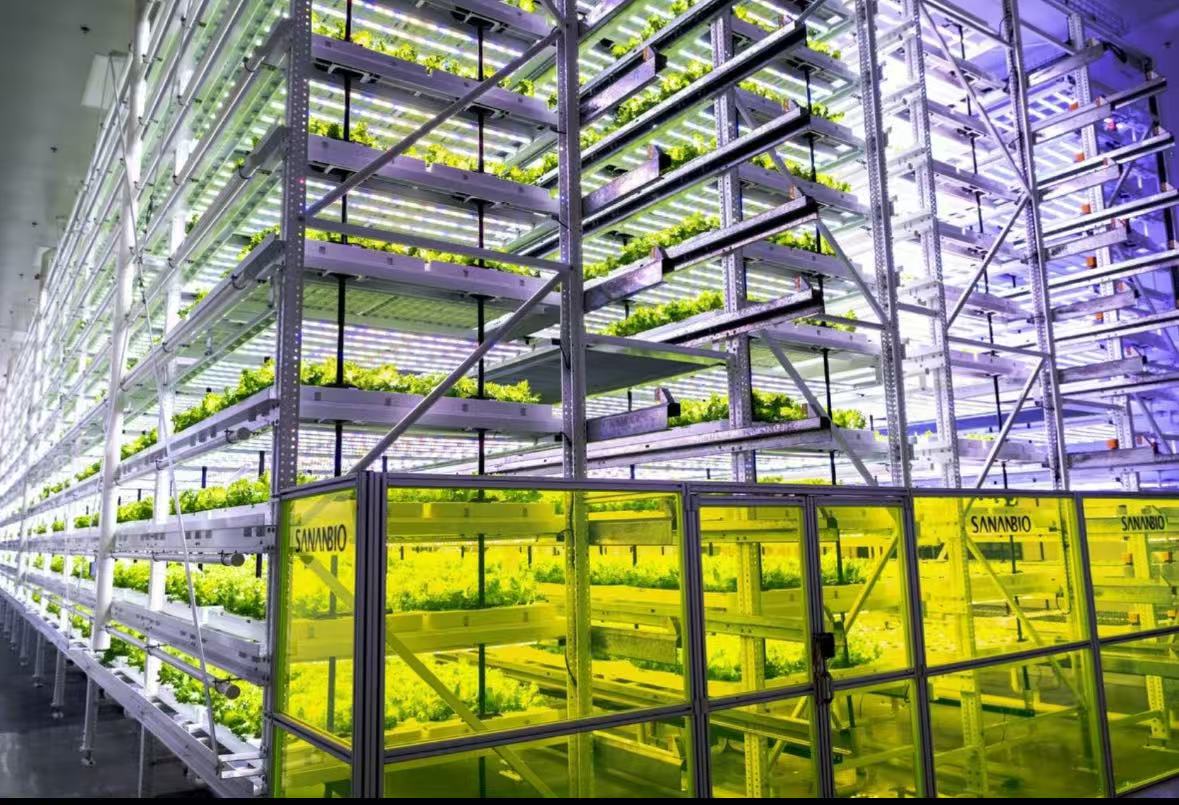
2.Technology driven: Integration of Intelligence and Suatainability
Integration of Internet of Things and AI
Sensors monitor environmental parameters in real-time (temperature, humidity, lighting) and optimize growth conditions using AI algorithms.
Automation and unmanned
Automated equipment from sowing to harvesting reduces human dependence, such as unmanned agricultural machinery with a sowing error of only 2 centimeters. Family users can also achieve 'lazy planting' through a simple control system. Significant environmental advantages.
Soilless cultivation avoids soil pollution and pesticide residues, reducing the use of chemical fertilizers by 30% -50%.
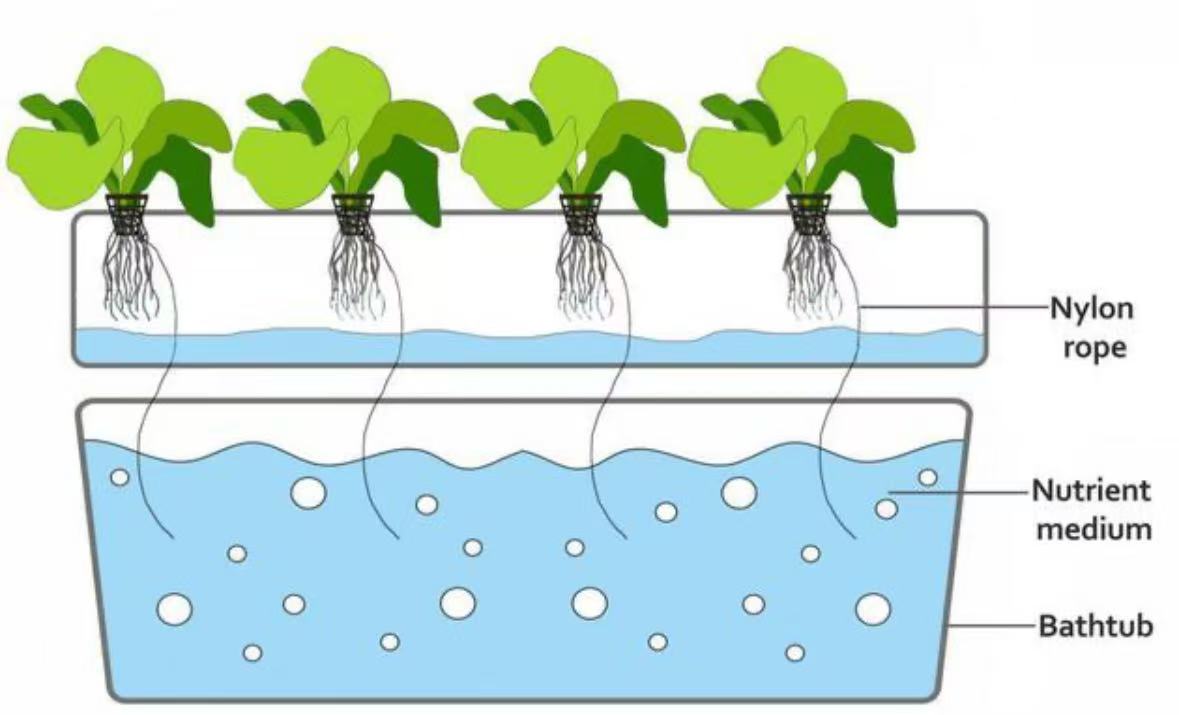
3.Addressing Global Challenges: Food Security and Urbanization Needs
Relieve the pressure on arable land
The global arable land area is decreasing by an average of 1% per year, and NFT systems can successfully produce lettuce and vanilla in non arable environments such as urban buildings and deserts, as well as in Australian backyard gardens
Production under the influence of stable climate
Closed environment control to withstand extreme weather and achieve annual production. The growth cycle of arugula in Beijing's smart greenhouse has been shortened by 44%, and the yield has doubled. Meet the demand for high-quality food.
Consumers' demand for pollution-free and high nutrient vegetables has increased, with NFT lettuce containing 18mg/g of vitamins, far exceeding traditional cultivation. The annual production of lettuce on vertical farms in Japan is 100 times higher than the traditional model.
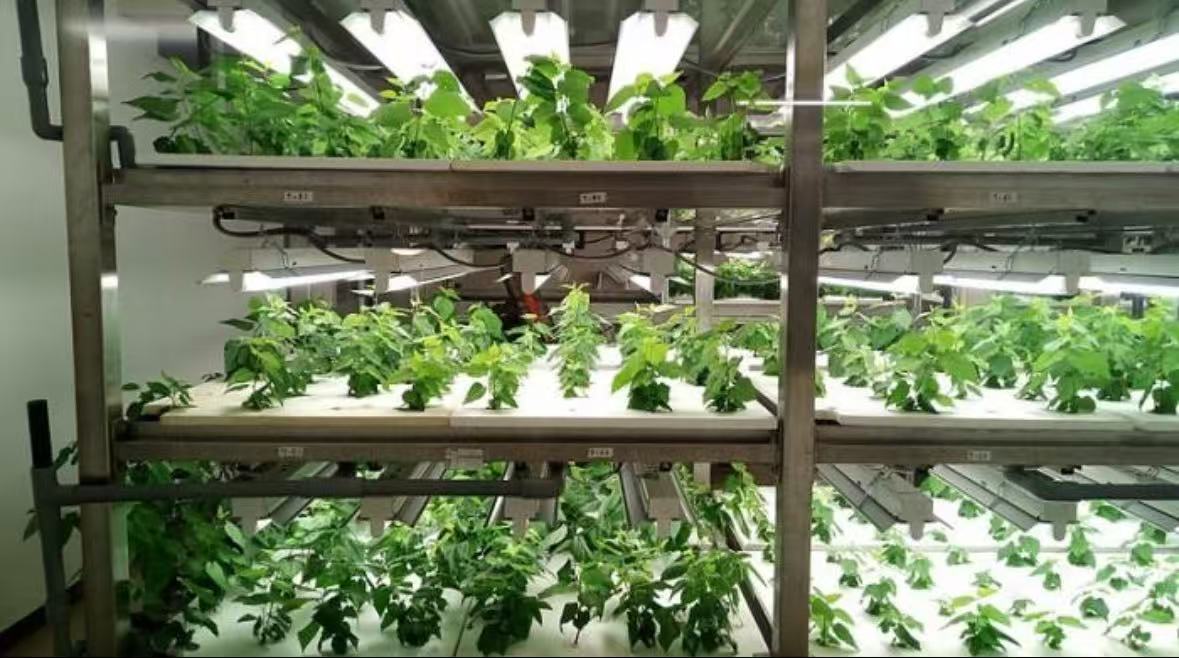
Conclusion
The NFT hydroponic system has become a key technology for solving the contradiction between food security, environmental pressure, and urbanization through resource intensification, intelligent production, and green products. With the penetration of technologies such as 5G and gene editing, it will upgrade from "efficient planting tools" to "core of agricultural ecosystems", promoting the transformation of agriculture from "land dependence" to "data-driven"
